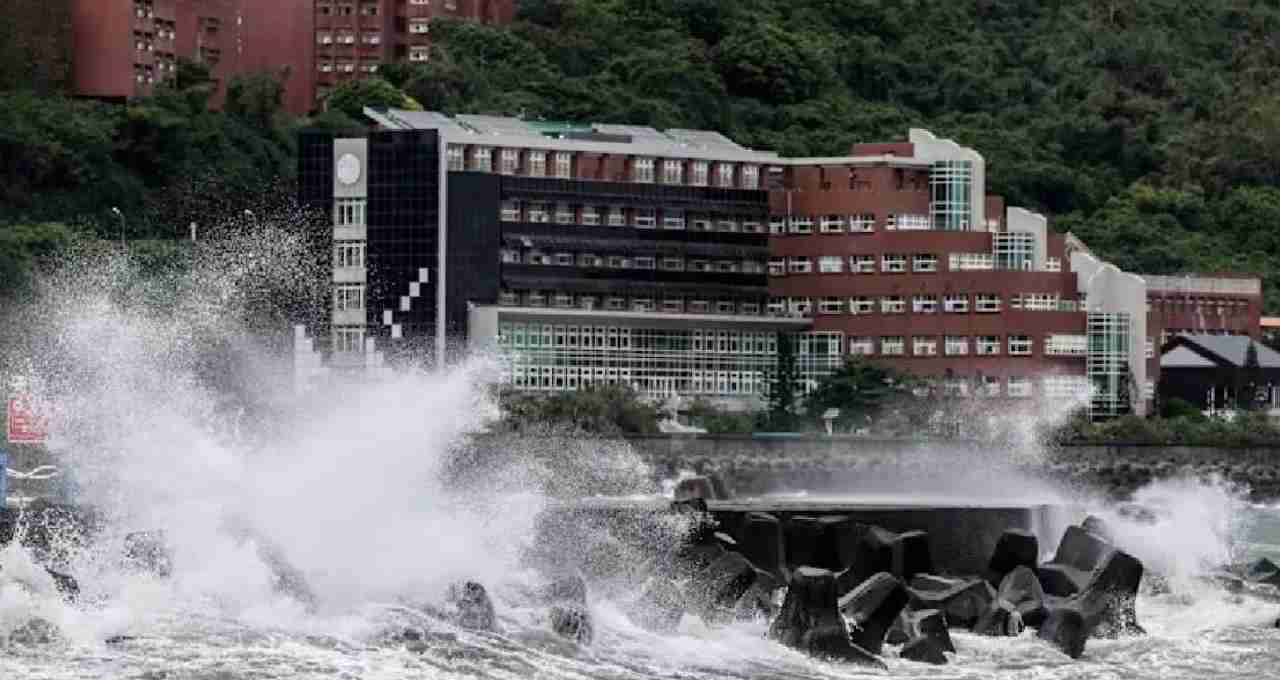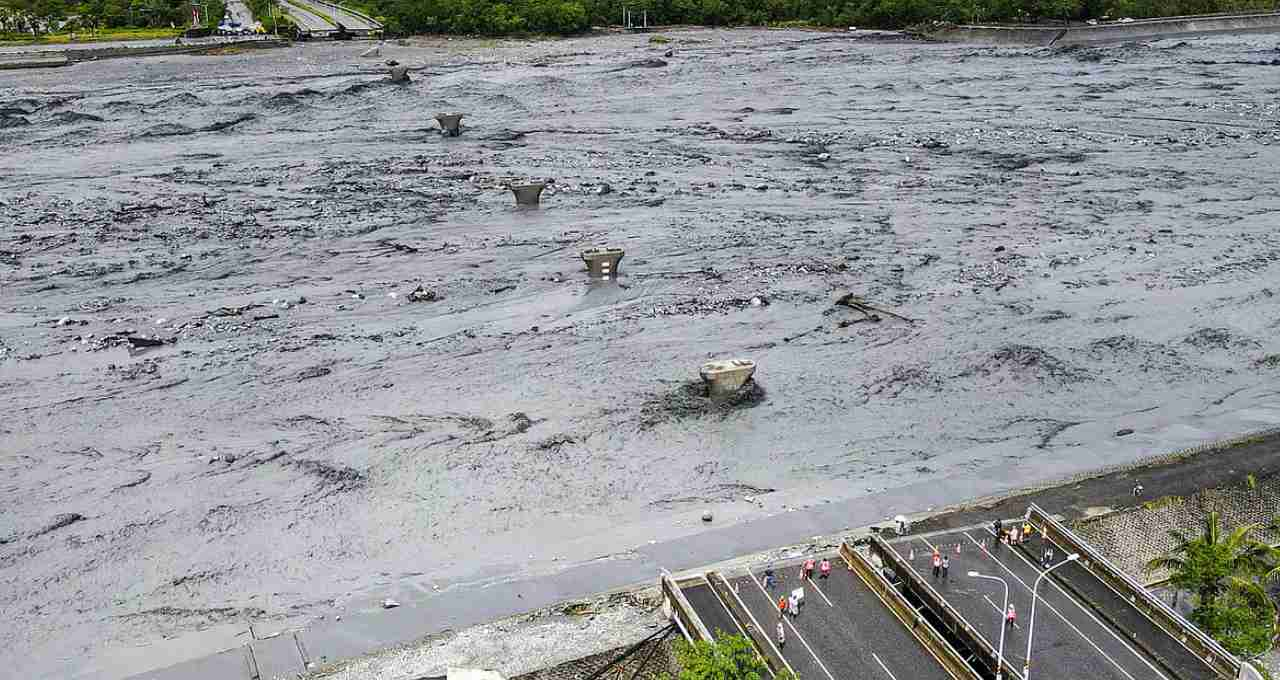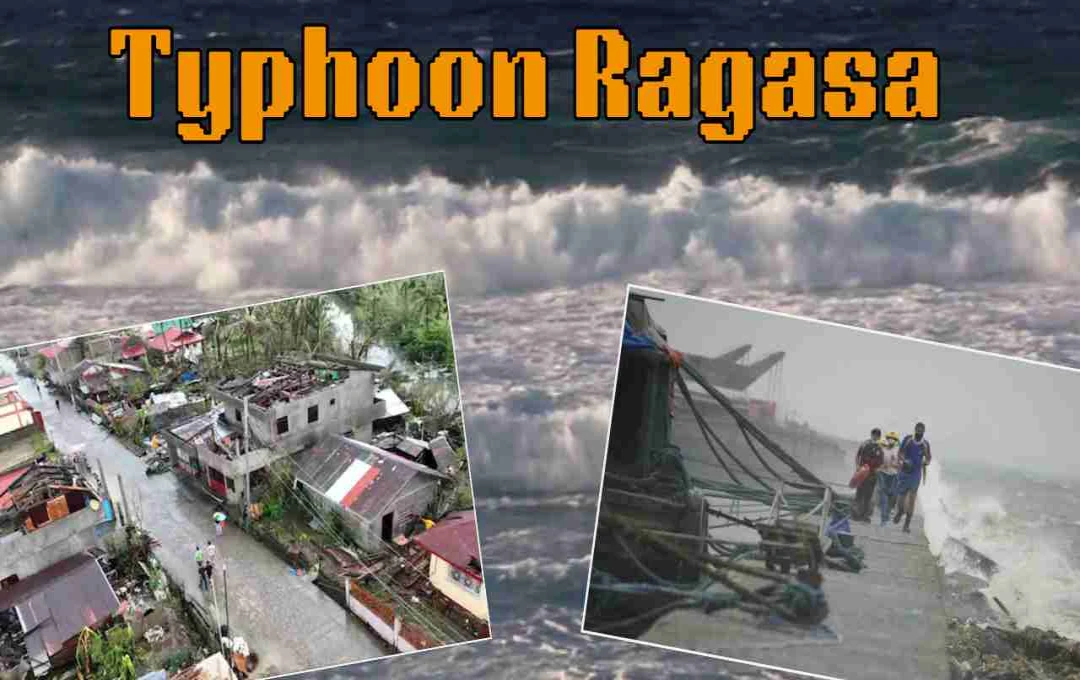Super Typhoon Ragasa wreaked havoc in Hong Kong, Southern China, Taiwan, and the Philippines. 17 people died in Taiwan and 10 in the Philippines, millions affected, several areas evacuated.
Shenzhen. Super Typhoon Ragasa has wreaked immense havoc in Hong Kong, Southern China, Taiwan, and the Philippines. The typhoon affected millions of people and necessitated the evacuation of several areas. 17 people died in Taiwan, while 10 people were caught in the typhoon in the Philippines.
Ragasa, one of the most powerful typhoons in recent years, caused extensive destruction along the coasts of Hong Kong and Southern China. The typhoon's speed was recorded at 195 kilometers per hour, classifying it as a 'Super Typhoon'. According to the Hong Kong Observatory, this is the most dangerous typhoon of the year and is considered the second most powerful typhoon in the South China Sea since 1950.
Impact of Ragasa in Hong Kong
In Hong Kong, the typhoon hit early Wednesday with b winds and heavy rainfall. This caused trees to be uprooted on roads and the roof of a footbridge to be blown off. Flooding occurred in several places, and a glass railing was shattered after a ship collided on the beachfront. Furniture was scattered in many restaurants, and water entered a hotel, the video of which went viral on social media. The hotel stated on its Facebook page that the typhoon struck dramatically, but their guests and staff remained safe.

In Hong Kong, 90 people were injured and are receiving treatment in hospitals. Schools, shops, and flights were closed. Hundreds of people were forced to take refuge in temporary shelters. After the typhoon weakened, some people were seen fishing in the flooded streets.
Flooding and Damage in Southern China
In Southern China's Guangdong province, Typhoon Ragasa made landfall on Hailing Island in Yangjiang city. During this time, wind speeds reached 144 kilometers per hour. In Chuandao Town, wind speeds of 241 kilometers per hour were recorded, which is the fastest wind ever recorded in Jiangmen city.
According to reports, over 2 million people were evacuated to safe places in Guangdong. Schools, factories, and train services were shut down in several cities. The government released millions of dollars in funds for relief efforts. On Thursday, some train services were also halted in the Guangxi region.
In Macau, the typhoon turned roads into rivers, and debris was seen floating in the water. Power supply was cut off in flood-affected low-lying areas. Rescuers in Macau rescued several people.
Heavy Rain and Flooding in Taiwan
In Taiwan, heavy rainfall on Tuesday caused a barrier lake to breach in Hualien County, leading to floods. This flood destroyed a bridge and completely transformed roads into rivers, sweeping away several vehicles and furniture. In this disaster, 17 people died and 32 were injured.

In Guangfu Township, more than half of the approximately 8,450 residents had to take refuge in higher ground. Rescue teams established contact with over 100 people, and at least 17 individuals are still being searched for.
Damage in the Philippines
In the Philippines, the typhoon caused extensive destruction. In Santa Ana Town, Northern Cagayan province, 7 fishermen drowned on Monday when their boat capsized due to massive waves and b winds. 5 other fishermen are still missing. In total, 10 people died in the Philippines, and approximately 700,000 people were affected. 25,000 people were forced to seek refuge in government shelters.
According to the meteorological department, Typhoon Ragasa is now moving westward. Although its intensity is weakening, caution is still required in the affected areas.
Relief Operations and Safety Measures
Local governments in Hong Kong, China, Taiwan, and the Philippines are engaged in relief operations. Rescue teams are continuously moving people to safe locations in flood-affected areas. Efforts are underway to restore electricity and water supplies. Emergency services and government funds have been provided in the affected regions.
For relief efforts, the administration has initiated the process of evacuating citizens to safe locations and clearing roads of debris. All affected countries have advised people to remain vigilant and stay in safe places until the typhoon weakens.













